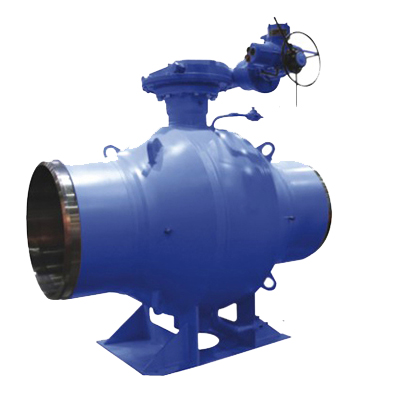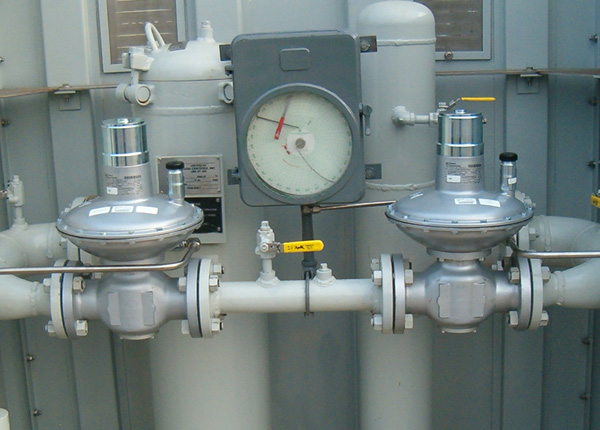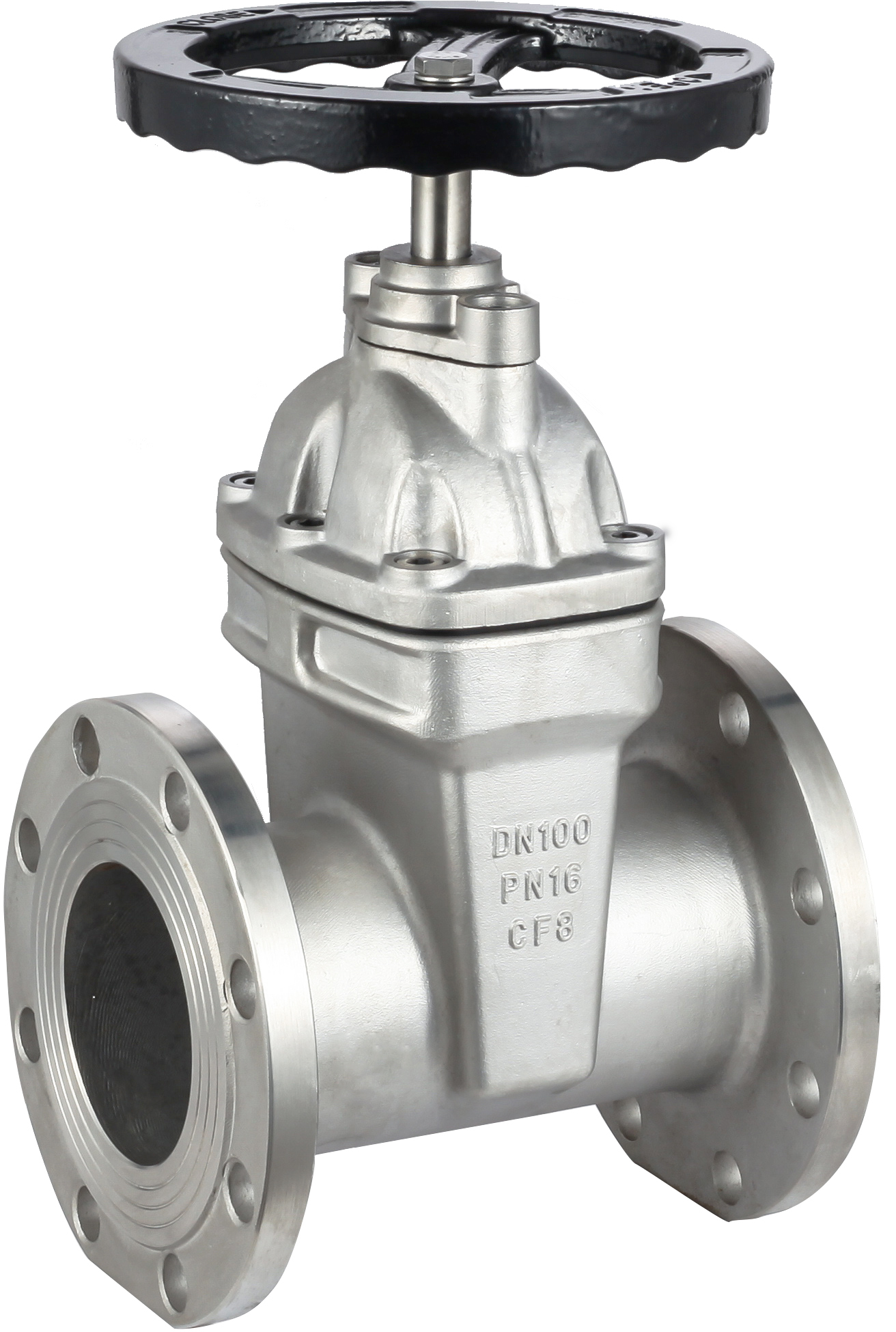Fully welded fixed ball valve
Fully welded ball valve materials:
1): Valve body: carbon steel ST37.0, A106-B; No. 20 steel
2): Ball: stainless steel 304 or 316
3): Valve stem: 2Cr13
4): Valve stem seal: perfluoro rubber
5): Ball seal: RTFE (PTFE+C)
Fully welded ball valve standard features:
1): Diameter: DN15 ~1000
2): Pressure: PN 16 ~ 40
3): Working temperature: -29℃ ~ +200℃
4): Gas pipeline welded ball valve adapts to media: oil/gasoline, liquefied natural gas/liquefied petroleum gas, petrochemical, steel plant, heating pipeline, etc.
5): Gas pipeline welded ball valve operation mode: handle, gear (vertical/horizontal), electric, turbine
Fully welded ball valve use:
1): City gas: gas output pipeline, trunk line and various branch supply pipelines, etc.
2): Central heating: output pipelines, trunk lines, and branch lines of large heating equipment.
3): Heat exchangers: pipelines and circuit opening and closing.
4): Steel mills: various fluid pipelines, exhaust gas selective discharge pipelines, gas and heat supply pipelines, and fuel supply pipelines.
5): Various industrial equipment, various heat treatment pipelines, and various industrial gas and heat pipelines.
Fully welded ball valve performance:
1): Since the valve seat is composed of carbon fiber reinforced Teflon sealing rings and disc springs, it has strong adaptability to changes in pressure and temperature, and will not produce any leakage within the marked pressure and temperature range.
2): The ball processing process is tracked and detected by advanced computer detectors, so the ball processing accuracy is high.
3): Since the valve body material is the same as the pipeline material, there will be no uneven stress, no deformation due to earthquakes and vehicles passing through the ground, and the pipeline is resistant to aging.
4): Integral fully welded, equal diameter and variable diameter channels, fixed balls and floating balls, double piston effect sealing system, and automatic sealant injection bearings.
5): In order to prevent static electricity, steel balls and springs are installed between the valve stem and the ball, and between the valve stem and the stuffing box, respectively, to keep all parts of the valve and the valve body conductive, allowing current to pass through the area and release static electricity. Not only prevent fire, but also prevent corrosion, and achieve temporary cutoff for timely maintenance.
6): The valve stem anti-detachment function is because the valve stem is affected by the pressure inside the valve, and there is always a force to detach, so the valve stem is designed as an anti-detachment structure.
7): Use a thrust washer made of low friction material to support the pressure to push the valve stem, so that the valve stem only plays the role of transmitting torque.













